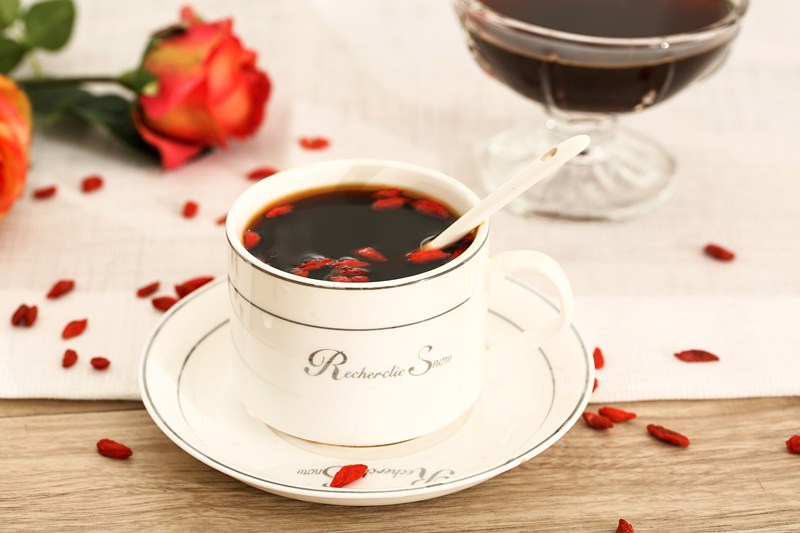1. Pond ponds to be built should be constructed in places with good ventilation, water sources, no sources of pollution, and convenient drainage and drainage. Lakes, mudflats, and ponds and ponds can also be transformed into shrimp ponds. Ponds should have good access to water and drainage facilities. Filters should be installed at the inlet and outlet to prevent pests from entering. Around the pond, a 50 cm high escape wall is enclosed by bamboo sheets, thick plastic sheets or gauze. In the aquaculture waters, rubble, bricks, old wheel (external) tires, roots, etc. are provided as shrimp nests for hidden shelter and defense of predators. Water plants such as water hyacinths, water peanuts, water lettuces, and white water plants are planted around the pool, and their coverage is generally 1/3 of the pond water surface. 2. Clear pond disinfection Newly built lobster ponds can be used to clear the pond with lime, the amount of 100 kg per mu. If lobsters are bred from old ponds or lakes, they should be dredged, trimmed, exposed to sunlight, and stored 10 to 15 days before the shrimps are sterilized with 50 kg of dry lime in the dry pool per acre. At the same time, the squids, black fish, snakes and rats in the ponds are completely removed. Predatory predators, inject new water 7 days later. 3. Suitable for 10-15 days before stocking of basal shrimp, generally 100-200 kg of manure, such as swine manure and chicken manure, shall be applied to the water surface of the basal diet to cultivate plankton and to provide appropriate organic crumbs for shrimp feed.
Restocking Shrimp Restocking Shrimp should be carried out in the morning or evening on a sunny day, and raise 6000-8000 tails of 2 cm long juveniles or 4000-6000 tails of 3-5 cm long juvenile shrimps per acre, and require shrimps to be stocked in the same pond. Neatly consistent. At the same time, it is possible to stock 300 to 400 silver carp weights each weighing about 50 grams in the pond and 200 silver carp. Feed the feed within 3 days after the seedlings are fed, and minced small trash fish and meat; within a month afterwards, feed the small trash fish, minced meat or compound feed; until the shrimp grows to 6-7 cm, All of the crushed snails, cormorants, livestock and poultry waste, and appropriate vegetable feeds (such as wheat, bran, corn, cakes, etc.) or compound feeds can all be fed. The amount of daily feeding, generally small and medium lobsters are fed with 15%-20% of body weight, and adult shrimps are fed with 5%-10% of body weight. Feed each time in the morning and in the evening, and feed at 70%-80% of the daily feed at night. The bait should be thrown around the pond.
Management measures
1.Water quality control often add water and change water, each time you can replace the pool of water 1/5 to 1/3, add water 15-20 centimeters deep every week, to ensure that the water is fresh and lively, there is enough dissolved oxygen, control the transparency of the pool Above 35 cm. Waterproofing is subject to industrial pollution, pesticide pollution, etc. 2, oxygen increase When the water is low in dissolved oxygen, water quality is aging, or in case of bad weather such as hot and continuous rain, reduce the amount of feeding or stop feeding; observe and observe if the lobster is unresponsive and swims to shore. Floating head and climbing to the shore, indicating that severe hypoxia, water injection or aerator aeration. 3. Check the normal inspection and diligent inspection of the patrol ponds, pay attention to the lobster's feeding, activities, growth, and clam shells, so that necessary technical measures can be taken in time; the moss in the pools can be eliminated in time; the filters in the inlet and outlet ports are often checked to prevent The lobster escapes or pests enter due to the damage of the filter; always watch for water snakes, water mice, water birds, frogs, etc. in the pool, and remove them promptly. 4. Before the disease-resistant shrimp seedlings under the pond to be surface disinfection to prevent the pathogens from taking people to the pond; often add new water to keep the pool water clean and sanitary; regular use of quicklime to disinfect the shrimp pond; add a variety of vitamins to the shrimp bait, enhance shrimp Immunity.
Qixiang is the best Organic Clarified Goji Berry Juice manufacure in China, our organic Clarified Goji Berry Juice can provide the certifications to prove the clarified goiji berry juice is organic. Organic clarified Goji Berry Juice has good transmittance, so we often suggest our customers to add it to other drinks, and then their drinks will be more nutritive. Organic clarified goji berry juice is also can be drunk directly if you don't like the goji berry pulp.

Appearance
1) Color: Brownish red or deep brownish red
2) Taste & Odor: Fresh Goji Berry juice taste and smell after sterilization, no peculiar smell.
3) Histomorphology: The product is transparent, allowing micro precipitation after standing
4) Impurity: No visible foreign impurities
Physics & Chemical Specification
1) Brix(%): ≥13.0
2) Total Acid(g/100mLas Citric Acid): ≥0.5
3) pH: 3.5-4.1
4) Light Transmittance(620nm, %): ≥10
Microorganism Specification
1) TPC (CFU/mL): ≤100
2) Yeast (CFU/mL): ≤20
3) Mould (CFU/mL): ≤20
4) Coliform (CFU/mL): ≤1
Additive
NO
Country of Origin
ZHONGNING, NINGXIA, CHINA
Package
1) Inner package is 200kgs aseptic bag, outer package is opening steel drum.
2) Inner package is 25kgs aseptic bag, outer package is opening steel drum.
Storage
Should be stored at room temperature in clean, cool, dry warehouse, prevent sun, rain, and not be stored with corrosive, toxic, and smelly item. With these conditions, product shelf life is 12 months. (suggestion: 5-8℃).
Organic Clarified Goji Berry Juice
Organic Clarified Goji Berry Juice,Cleaned Organic Goji Juice,Professional Organic Goji Crude Juice,Standard Organic Goji Juice
Ningxia Qixiang Biologic Foodstuff Co., Ltd. , https://www.qxgoji.com